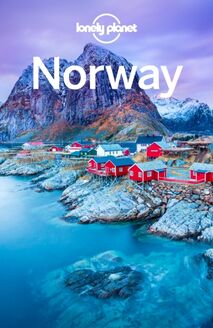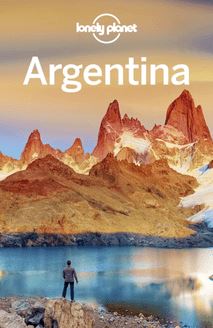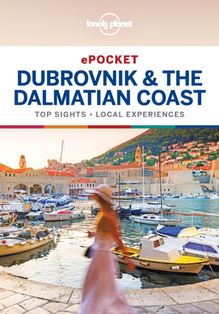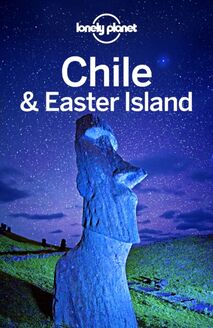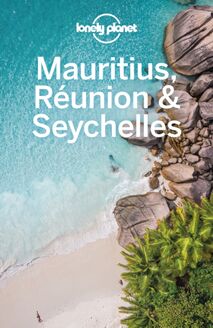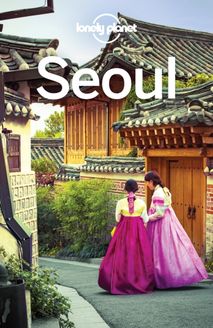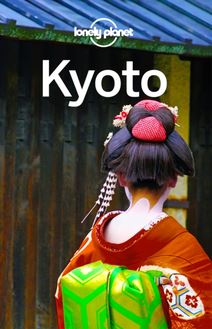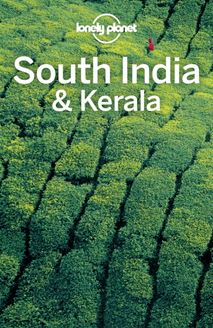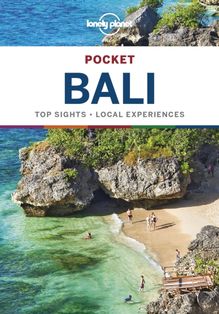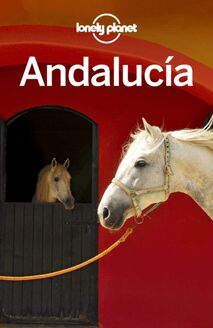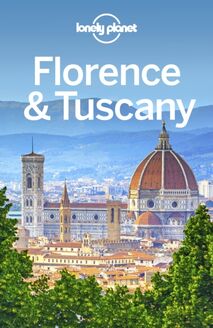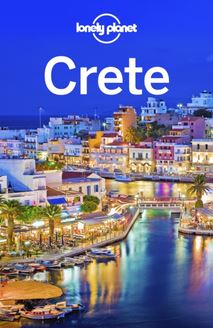-
 Univers
Univers
-
 Ebooks
Ebooks
-
 Livres audio
Livres audio
-
 Presse
Presse
-
 Podcasts
Podcasts
-
 BD
BD
-
 Documents
Documents
-
- Cours
- Révisions
- Ressources pédagogiques
- Sciences de l’éducation
- Manuels scolaires
- Langues
- Travaux de classe
- Annales de BEP
- Etudes supérieures
- Maternelle et primaire
- Fiches de lecture
- Orientation scolaire
- Méthodologie
- Corrigés de devoir
- Annales d’examens et concours
- Annales du bac
- Annales du brevet
- Rapports de stage
La lecture à portée de main
Vous pourrez modifier la taille du texte de cet ouvrage
Découvre YouScribe en t'inscrivant gratuitement
Je m'inscrisLonely Planet Western Balkans , livre ebook
Découvre YouScribe en t'inscrivant gratuitement
Je m'inscrisEn savoir plus
Vous pourrez modifier la taille du texte de cet ouvrage
En savoir plus

Description
Sujets
Informations
| Publié par | Lonely Planet |
| Date de parution | 01 octobre 2019 |
| Nombre de lectures | 1 |
| EAN13 | 9781788687133 |
| Langue | English |
| Poids de l'ouvrage | 34 Mo |
Informations légales : prix de location à la page 0,0850€. Cette information est donnée uniquement à titre indicatif conformément à la législation en vigueur.
Extrait
Western Balkans
Contents
PLAN YOUR TRIP
Welcome to the Western Balkans
Western Balkans’ Top 15
Need to Know
What’s New
If You Like…
Month by Month
Itineraries
Activities
Eat & Drink Like a Local
Countries at a Glance
ON THE ROAD
ALBANIA
Tirana
Central Albania
Kruja
Berat
Korça
Gjirokastra
The Albanian Riviera & the East
Saranda
Ksamil
Himara
Shkodra
The Accursed Mountains & the North
Valbona
Theth
Understand Albania
Survival Guide
BOSNIA & HERCEGOVINA
Sarajevo
Eastern Bosnia
Bjelašnica
Visoko
Višegrad
Sutjeska National Park
Hercegovina
Mostar
Blagaj
Međugorje
Počitelj
Trebinje
Western Bosnia
Travnik
Jajce
Banja Luka
Una River Valley
Understand BiH
Survival Guide
CROATIA
Zagreb
Istria
Pula
Brijuni Islands
Rovinj
Poreč
Motovun
Hum
Labin & Rabac
Kvarner
Rijeka
Krk Island
Lika
Plitvice Lakes National Park
Paklenica National Park
Dalmatia
Zadar
Krka National Park
Šibenik
Trogir
Split
Makarska Riviera
Brač Island
Hvar Island
Korčula Island
Elafiti Islands
Dubrovnik
Cavtat
Understand Croatia
Survival Guide
Scenic Showstoppers
Religious Architecture
KOSOVO
Pristina
Around Pristina
Western Kosovo
Peja (Peć)
Rugova Valley
Southern Kosovo
Prizren
Understand Kosovo
Survival Guide
MONTENEGRO
Bay of Kotor
Herceg Novi
Perast
Kotor
Tivat
Adriatic Coast
Budva
Sveti Stefan
Ulcinj
Velika Plaža & rAda Bojana
Central Montenegro
Lovćen National Park
Cetinje
Lake Skadar National Park
Podgorica
Northern Montenegro
Biogradska Gora National Park
Durmitor National Park
Understand Montenegro
Survival Guide
NORTH MACEDONIA
Skopje
Around Skopje
Mt Vodno
Canyon Matka
Western North Macedonia
Mavrovo National Park
Lake Ohrid
Ohrid
Galičica National Park
Central North Macedonia
Pelister National Park
Bitola
Understand North Macedonia
Survival Guide
SERBIA
Belgrade
Vojvodina
Novi Sad
Fruška Gora National Park & Sremski Karlovci
Subotica
Western & Central Serbia
Tara National Park & Around
Kragujevac
Novi Pazar
Eastern & Southern Serbia
Đerdap National Park & Around
Niš
Stara Planina
Understand Serbia
Survival Guide
SLOVENIA
Ljubljana
The Julian Alps
Lake Bled
Radovljica
Lake Bohinj
Kranjska Gora
Soča Valley
Bovec
Kobarid
Slovenian Karst
Postojna
Cerknica
Škocjan Caves
Western Wine Regions
Goriška Brda
Slovenian Coast
Koper
Piran
Eastern Slovenia
Maribor
Ptuj
Southeastern Slovenia
Dolenjske Toplice
Understand Slovenia
Survival Guide
UNDERSTAND
The Western Balkans Today
History
People & Religion
Arts & Architecture
Environment
SURVIVAL GUIDE
Directory A–Z
Accessible Travel
Accommodation
Children
Climate
Customs Regulations
Electricity
Health
Internet Access
Legal Matters
LGBTIQ+ Travellers
Money
Opening Hours
Post
Public Holidays
Safe Travel
Telephone
Time
Toilets
Tourist Information
Visas
Volunteering
Women Travellers
Transport
Getting There & Away
Getting Around
Language
Behind the Scenes
Our Writers
Welcome to the Western Balkans
Cramming in more history, culture and spectacular scenery than seems entirely reasonable for its size, the Western Balkans is one of Europe’s most intriguing regions.
Great Outdoors
Rocky mountains and terracotta-roofed towns plunge spectacularly into crystal-clear waters all along the Adriatic coast. Among all the crowded beach resorts, Croatia’s myriad islands provide nooks of quiet seclusion, while Albania’s less-visited riviera still has donkeys wandering through olive groves abutting secluded bays. Craggy mountains stretch along the entire region, offering endless opportunities for hiking, biking, skiing, climbing and paragliding. In their shadows are rowable lakes, raftable rivers and scramble-able canyons.
Home to History
Though change is coming quickly to the Western Balkans, timeless traditions retain their currency. It’s a region where you can barely keep up with the nightlife, but still get stuck behind a horse and cart. Urban landscapes are a pop-up book of European architectural history on a grand scale. Winding Ottoman streets are punctuated with Byzantine churches, Austro-Hungarian villas and angular communist-era blocks. Throw in Roman ruins and Venetian palaces, then wrap it all in a medieval wall and plonk it by the sea.
Culinary Adventures
Foreign invaders have plundered the Balkans for millennia and the region’s cooks have plundered right back, incorporating Venetian, Austrian, Hungarian and Ottoman flavours into the mixing pot. You might tuck into crumbed schnitzel in Ljubljana, seafood risotto in Split, octopus carpaccio in Budva, goulash in Novi Sad, burek (savoury pastry) in Sarajevo, kebab in Kosovo, baklava in Tirana and stuffed peppers in Skopje. Locally produced olive oil, truffles and wine hold their own against the best in the world, as does the seafood and herb-grazed lamb.
Cultural Pursuits
Aside from the ever-present architectural legacy, the Balkans are liberally scattered with artistic treasures, from church frescoes to socialist modernist sculptures and an edgy contemporary art scene. You’re likely to stumble on streetside klapa (unaccompanied vocal harmony) performances in Dalmatia, plaintive sevdah singers in Bosnia, bards wielding gusle (single-stringed instruments) in Montenegro and upbeat Roma trubači (trumpet bands) in Serbia. Religious feasts, film festivals and large-scale music festivals are all celebrated with gusto.
Kravica Waterfall , Bosnia and Hercegovina | LEONID ANDRONOV/SHUTTERSTOCK ©
Why I Love the Western Balkans
By Peter Dragicevich, Writer
With two of my grandparents hailing from the region, I have always had the Western Balkans in my blood – but then it somehow got under my skin. As a travel destination it’s got a bit of everything that I love: beaches; islands; mountains; lakes; waterfalls; forest; wildlife; ancient buildings; historic towns; fascinating museums and galleries; excellent wine; and delicious food. But most striking of all are its people. Despite their much vaunted differences, the more you travel in the Western Balkans, the more you’re struck by the similarities between the hospitable, gregarious, larger-than-life characters that you meet.
For more, see Our Writers
Western Balkans’ Top 15
Bay of Kotor, Montenegro
There’s a sense of secrecy and mystery to the Bay of Kotor. Grey mountain walls rise steeply from steely blue waters, getting higher and higher as you progress through their folds to the hidden reaches of the inner bay. Here, ancient stone settlements hug the shoreline, with the old alleyways of Kotor concealed in its innermost reaches behind hefty stone walls. Talk about drama! But you wouldn’t expect anything else of coastal Montenegro, where life is lived in an exuberant Mediterranean style.
PHOTOSMATIC/SHUTTERSTOCK ©
Top Experiences
Dubrovnik, Croatia
Get up close and personal with breathtaking Dubrovnik with a walk around the spectacular old town walls (pictured), as history is unfurled from the battlements. No visit is complete without a leisurely stroll along these ramparts, the finest in the world and Dubrovnik’s main claim to fame. Built between the 13th and 16th centuries, they are still remarkably intact and the views they afford over the terracotta rooftops and the brilliantly blue Adriatic are sublime. For a bird’s-eye perspective, take the cable car up Srđ, the city’s craggy backdrop.
IHOR PASTERNAK/SHUTTERSTOCK ©
Top Experiences
Lake Bled, Slovenia
There’s a Disney-esque quality to the beauty of Lake Bled – it’s almost too perfect to be believed. First there’s the preposterously blue colour of the water itself. Add to that a precisely positioned island capped by a picture-postcard church, overlooked by a medieval castle clinging to a rocky cliff on the lake’s edge. Then there’s the spectacular backdrop of the Julian Alps… It’s all just a bit much. All of that unsettling beauty comes at a price: Lake Bled is Slovenia’s busiest tourist destination.
Church of the Assumption , Bled Island | PAUL BIRIS/GETTY IMAGES ©
Top Experiences
Mostar, Bosnia & Hercegovina
If the 1993 destruction of the famous 16th-century bridge at the heart of Mostar (pictured) underlined the heartbreaking pointlessness of Yugoslavia’s brutal civil war, its painstaking reconstruction has proved symbolic of the post-conflict era. The charming Ottoman quarter has been convincingly restored and is once again an atmospheric patchwork of stone mosques, souvenir stalls and street cafes. Meanwhile, rows of bombed-out buildings hint at how far there is to go until full reconciliation is achieved in this still-divided town.
CCR_358/GETTY IMAGE ©
Top Experiences
Mt Triglav, Slovenia
For such a small country, Slovenia packs a lot in: charming towns, great wines, a Venetian-inspired seashore and, most of all, mountains. The highest peak, Mt Triglav (2864m), stands particularly tall in local lore. Indeed, the saying goes that you’re not really Slovene until you’ve climbed to the top. If time is an issue and you’re driving, head for the high-altitude Vršič Pass, which crosses the Julian Alps and leads down to the sunny coastal region in one hair-raising, spine-tingling hour.
DEJAN_K/SHUTTERSTOCK ©
Top Experiences
Sarajevo, Bosnia & Hercegovina
There’s something appealing about Bosnia’s capital Sarajevo . It’s partly to do with the East-meets-West, Ottoman-meets-Austrian architecture, for sure. And it’s definitely related to the heady scent of Bosnian coffee (pictured) and the nation’s best burek (heavy pastry stuffed with meat or cheese) and ćevapi (lozenges of minced meat served with bread) permeating the fascinating Turkic-era alleyways of Baščaršija. It’s also there in the city
-
 Univers
Univers
-
 Ebooks
Ebooks
-
 Livres audio
Livres audio
-
 Presse
Presse
-
 Podcasts
Podcasts
-
 BD
BD
-
 Documents
Documents
-
Jeunesse
-
Littérature
-
Ressources professionnelles
-
Santé et bien-être
-
Savoirs
-
Education
-
Loisirs et hobbies
-
Art, musique et cinéma
-
Actualité et débat de société
-
Jeunesse
-
Littérature
-
Ressources professionnelles
-
Santé et bien-être
-
Savoirs
-
Education
-
Loisirs et hobbies
-
Art, musique et cinéma
-
Actualité et débat de société
-
Actualités
-
Lifestyle
-
Presse jeunesse
-
Presse professionnelle
-
Pratique
-
Presse sportive
-
Presse internationale
-
Culture & Médias
-
Action et Aventures
-
Science-fiction et Fantasy
-
Société
-
Jeunesse
-
Littérature
-
Ressources professionnelles
-
Santé et bien-être
-
Savoirs
-
Education
-
Loisirs et hobbies
-
Art, musique et cinéma
-
Actualité et débat de société
- Cours
- Révisions
- Ressources pédagogiques
- Sciences de l’éducation
- Manuels scolaires
- Langues
- Travaux de classe
- Annales de BEP
- Etudes supérieures
- Maternelle et primaire
- Fiches de lecture
- Orientation scolaire
- Méthodologie
- Corrigés de devoir
- Annales d’examens et concours
- Annales du bac
- Annales du brevet
- Rapports de stage
